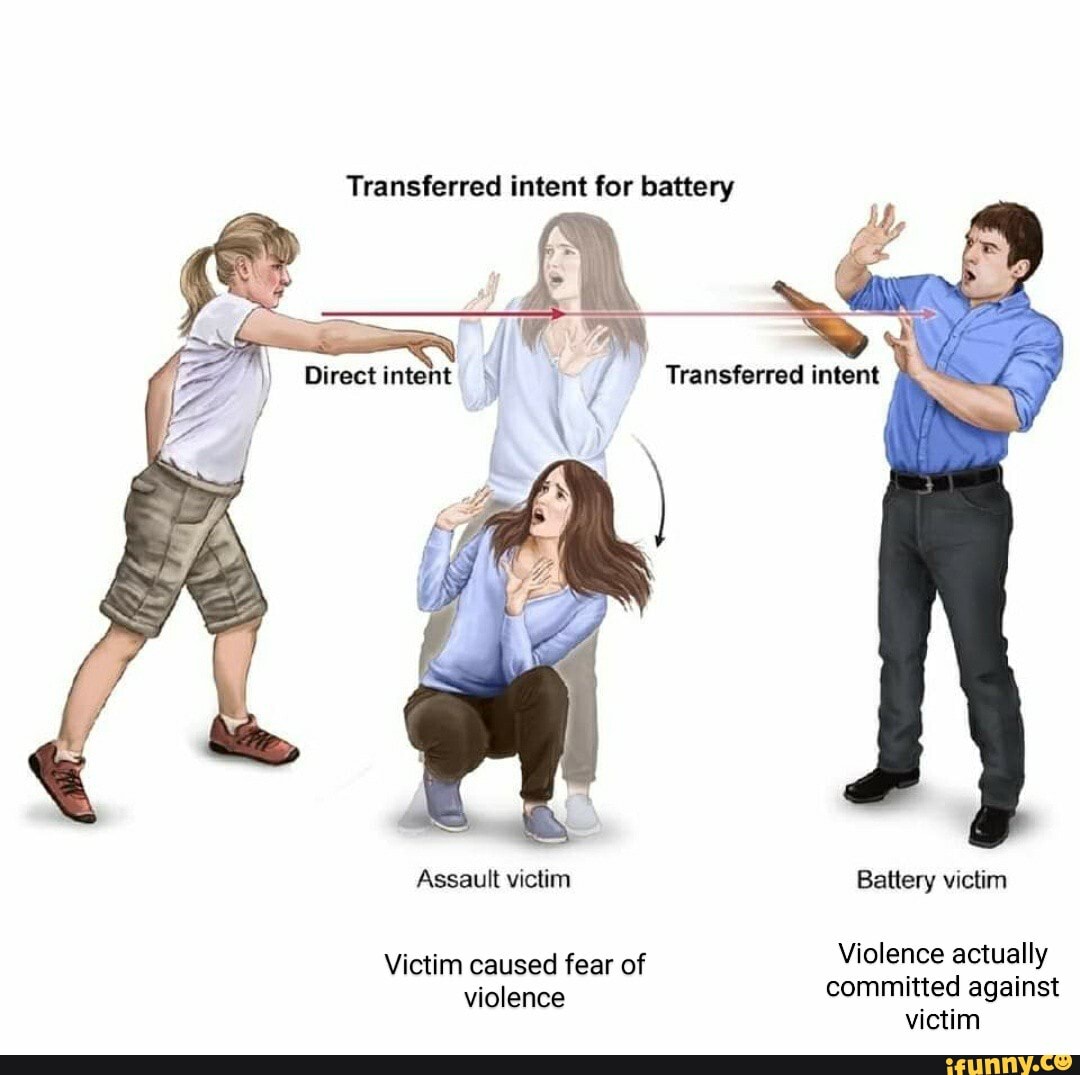Understanding Domestic Battery

Domestic battery is a serious crime that can have devastating consequences for victims. It is important to understand the legal definition, types, signs, and prevalence of domestic battery to protect yourself and others.
Legal Definition of Domestic Battery
Domestic battery is a criminal offense that involves the unlawful use of force against a family or household member. The specific definition of domestic battery varies by jurisdiction, but generally includes:
- Intentional or reckless contact with another person that causes bodily harm or offensive contact.
- A threat of imminent bodily harm that causes the victim to fear for their safety.
The definition of “family or household member” can also vary by jurisdiction but typically includes spouses, former spouses, cohabitants, dating partners, children, and other relatives who reside together.
Types of Domestic Battery
Domestic battery can take many forms, including:
- Physical abuse: This includes any type of physical violence, such as hitting, kicking, punching, biting, choking, or using weapons.
- Emotional abuse: This involves behaviors that aim to control, manipulate, or isolate the victim. Examples include verbal abuse, threats, intimidation, and isolation from friends and family.
- Psychological abuse: This type of abuse aims to damage the victim’s self-esteem and sense of reality. It can include gaslighting, manipulation, and threats to harm the victim or their loved ones.
It is important to note that domestic battery can involve a combination of these different types of abuse.
Signs and Symptoms of Domestic Battery
Domestic battery can have a significant impact on victims, both physically and emotionally. Common signs and symptoms of domestic battery include:
- Physical injuries: Bruises, cuts, burns, broken bones, and other injuries.
- Emotional distress: Anxiety, depression, fear, anger, and feelings of isolation.
- Behavioral changes: Changes in eating or sleeping habits, withdrawal from social activities, and substance abuse.
- Changes in relationships: Difficulty trusting others, feeling trapped, and becoming isolated from friends and family.
If you or someone you know is experiencing any of these signs or symptoms, it is important to seek help.
Prevalence and Impact of Domestic Battery
Domestic battery is a widespread problem. According to the National Coalition Against Domestic Violence, an average of 20 people per minute are physically abused by an intimate partner in the United States. Domestic battery can have serious consequences for victims, including:
- Physical injuries: Domestic battery can lead to serious physical injuries, including permanent disabilities and even death.
- Emotional trauma: Domestic battery can cause long-term emotional trauma, including post-traumatic stress disorder (PTSD), anxiety, and depression.
- Financial hardship: Victims of domestic battery may lose their jobs, homes, and other assets.
- Social isolation: Domestic battery can isolate victims from their friends, family, and support systems.
Domestic battery is a serious crime that can have devastating consequences for victims. It is important to understand the legal definition, types, signs, and prevalence of domestic battery to protect yourself and others.
Causes and Contributing Factors: Domestic Battery

Domestic battery, a form of intimate partner violence, is a complex issue with multifaceted causes. Understanding these causes is crucial for developing effective prevention and intervention strategies. This section delves into the various factors that contribute to the occurrence of domestic battery, examining the underlying dynamics, societal influences, and individual vulnerabilities.
Power Imbalances and Control
Power imbalances often lie at the heart of domestic battery. The abuser seeks to exert control over the victim, using violence as a means to maintain dominance. This control can manifest in various ways, including financial dependence, isolation from friends and family, and threats of further violence.
“Domestic violence is about power and control, not anger.” – The National Domestic Violence Hotline
A perpetrator might use intimidation tactics, such as threats, insults, or the destruction of property, to instill fear and maintain control. This pattern of coercive control can be insidious and difficult to break, leaving victims feeling trapped and powerless.
Substance Abuse
Substance abuse, including alcohol and drug use, is a significant contributing factor to domestic battery. Alcohol and drugs can lower inhibitions, impair judgment, and increase aggression.
Studies have shown that alcohol use is a factor in approximately 40% of domestic violence incidents.
Substance abuse can also exacerbate existing mental health conditions, leading to increased risk of violent behavior. It is important to note that substance abuse is not an excuse for domestic violence; it is a contributing factor that can make the situation more volatile and dangerous.
Mental Health Issues
Mental health issues, such as depression, anxiety, and personality disorders, can also contribute to domestic battery. These conditions can lead to difficulty managing emotions, impulsivity, and a heightened risk of engaging in violent behavior.
Individuals with untreated mental health conditions may be more likely to lash out in anger or frustration, potentially leading to violence.
However, it is crucial to emphasize that mental illness does not excuse domestic violence. Seeking professional help for mental health issues is essential for individuals who are struggling and for preventing potential harm to themselves and others.
Societal Norms and Cultural Influences
Societal norms and cultural influences play a role in perpetuating domestic violence. Traditional gender roles, which often assign men a position of authority and women a position of subservience, can contribute to the acceptance of violence against women.
Cultural beliefs that condone violence or view women as property can create an environment where domestic violence is more likely to occur.
Furthermore, societal attitudes that minimize or excuse domestic violence can create a culture of silence and shame, making it difficult for victims to seek help.
Childhood Trauma and Exposure to Violence
Individuals who have experienced childhood trauma or exposure to violence are at an increased risk of engaging in domestic battery later in life.
Studies have shown a strong correlation between witnessing domestic violence as a child and perpetrating it as an adult.
Exposure to violence can normalize aggression and create a cycle of violence that continues into adulthood.
Childhood trauma can also lead to emotional and psychological difficulties that make it harder to manage anger and conflict constructively.
Consequences and Impact

Domestic battery, a form of intimate partner violence, has devastating consequences for victims, families, and society as a whole. The impact of domestic battery extends far beyond physical injuries, encompassing emotional trauma, financial hardship, and long-term health implications. Understanding the multifaceted consequences of this pervasive issue is crucial for developing effective prevention and intervention strategies.
Impact on Victims
Domestic battery can have a profound and lasting impact on victims. Physical injuries are a common consequence, ranging from minor bruises and cuts to severe injuries requiring hospitalization. These injuries can cause chronic pain, disability, and long-term health problems.
- Beyond physical injuries, victims of domestic battery often suffer from significant emotional trauma. This can include anxiety, depression, post-traumatic stress disorder (PTSD), and low self-esteem. The emotional toll of domestic battery can be overwhelming and debilitating, making it difficult for victims to cope with daily life.
- Domestic battery can also lead to financial hardship. Victims may lose their jobs due to injuries, missed work, or fear of their abuser. They may also incur significant medical expenses, legal fees, and the cost of relocating to a safe environment. This financial strain can further exacerbate the challenges faced by victims, making it difficult to rebuild their lives.
Impact on Children and Families
Domestic battery has a profound impact on children, who often witness or experience the violence firsthand. Exposure to domestic violence can have long-term consequences for children’s emotional, social, and cognitive development.
- Children exposed to domestic violence are at increased risk for developing behavioral problems, anxiety, depression, and PTSD. They may also struggle with academic performance, social skills, and forming healthy relationships.
- Domestic battery can also disrupt family dynamics and create a climate of fear and instability. Children may be forced to take on adult roles, such as caring for younger siblings or mediating conflicts between their parents. This can lead to stress, anxiety, and feelings of responsibility beyond their age.
Social and Economic Costs
Domestic battery has significant social and economic costs for society as a whole. The healthcare system bears a substantial burden, treating victims’ injuries and providing mental health services.
- The criminal justice system also incurs costs associated with investigating and prosecuting domestic battery cases. Law enforcement agencies, courts, and correctional facilities all contribute to these expenses.
- Domestic battery can also have a negative impact on the economy. Victims may be unable to work, leading to lost productivity and income. The cost of providing support services, such as shelters and counseling, also contributes to the economic burden.
Legal Ramifications
Domestic battery is a serious crime with potential legal ramifications. Victims can pursue legal action against their abusers, seeking criminal charges and protective orders.
- Criminal charges can range from misdemeanor assault to felony aggravated battery, depending on the severity of the violence. Convictions can result in fines, imprisonment, and other penalties.
- Protective orders are legal instruments that can restrict an abuser’s contact with the victim. These orders can prohibit the abuser from coming within a certain distance of the victim’s home, workplace, or children. They can also restrict the abuser’s access to firearms.
Domestic battery, a serious issue often hidden behind closed doors, can affect anyone, regardless of their public image. The recent news surrounding Skai Jackson and her boyfriend highlights the reality that even seemingly idyllic relationships can harbor hidden struggles.
Understanding the complexities of domestic violence is crucial, as it can manifest in various ways, often with lasting emotional and physical consequences for victims.
Domestic battery, a crime involving physical harm within a relationship, can have devastating consequences. The media often covers these cases, highlighting the severity of the issue. For example, the recent case of Skai Jackson and TMZ brought to light the complex relationship between celebrity and domestic violence.
This case, like many others, emphasizes the importance of seeking help and breaking the cycle of abuse. It’s crucial to remember that domestic battery is a serious issue that affects people from all walks of life.